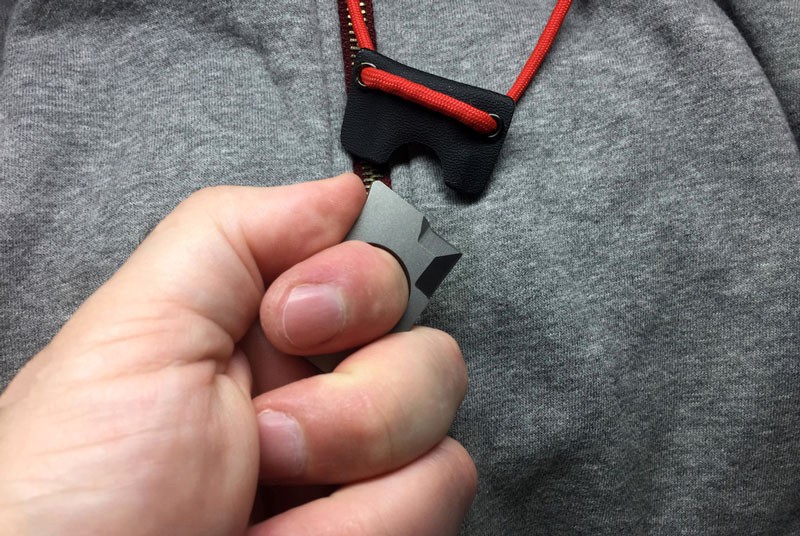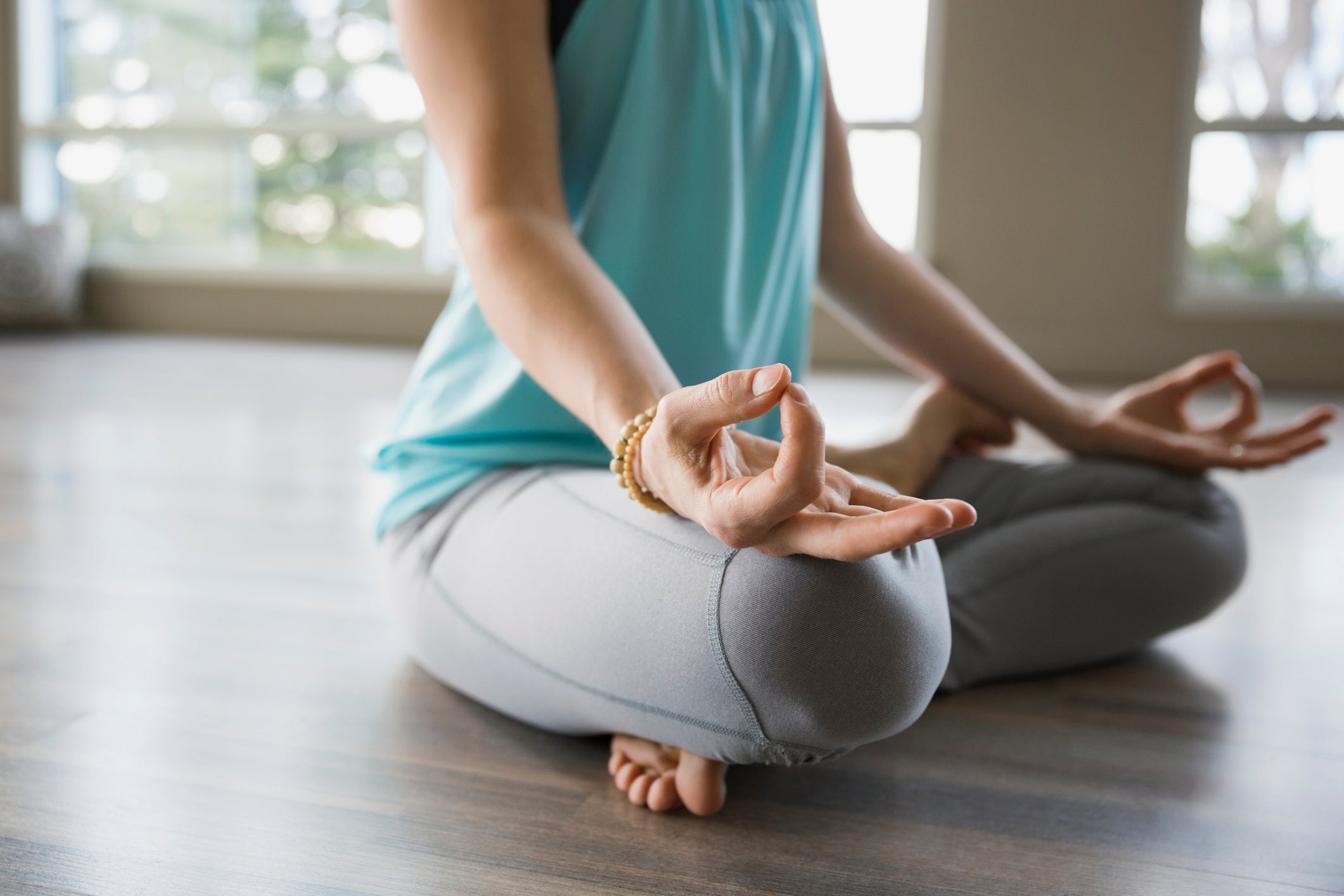
6 Common Mistakes in Self-Defense Preparation You Can Easily Avoid
In our rapidly changing world, being prepared for the unexpected has become a fundamental need. Whether it’s a natural disaster or a threatening encounter, having a plan and the right tools can make all the difference. With that in mind, let’s discuss some common mistakes people make while preparing for self-defense and how to avoid them.
1. Overlooking the Importance of Portable Tools
When it comes to self-defense, size matters, but not in the way you might think. You need something compact, lightweight, and easy to handle. One common mistake is overlooking the importance of portable tools. People often assume the bigger, the better. But a small, easily accessible tool can make a crucial difference during a dangerous situation.
For instance, one such tool that’s often overlooked but can be extremely beneficial is a neck knife. Check out some comprehensive neck knife reviews to understand their importance better. They are compact, lightweight, and can be carried discreetly, making them an ideal addition to your self-defense kit.
2. Neglecting Regular Practice
The most effective self-defense tool is useless if you don’t know how to use it. A significant mistake people often make is purchasing a self-defense tool and not training with it regularly. Regular practice ensures that you can operate the tool effectively when needed.
Take a leaf out of the 8 life-saving wilderness tips from a former special forces soldier and include regular practice in your self-defense preparation.

3. Failing to Maintain Situational Awareness
Failing to stay aware of your surroundings is another common mistake. It’s easy to be engrossed in our thoughts or devices, but this lack of attention can make you a target. Practicing situational awareness allows you to detect potential threats before they can become a problem.
4. Ignoring Non-Physical Defensive Techniques
While having the right tools and physical training are essential, non-physical techniques such as de-escalation and negotiation can often diffuse a situation before it becomes dangerous. Do not overlook these vital strategies in your self-defense planning.
5. Not Having a Plan
Even if you have all the tools and techniques, not having a plan can cause panic and confusion in a dangerous situation. Having a plan includes knowing who to call, what actions to take, and where to go.

6. Not Preparing for Different Scenarios
Different situations call for different responses. For instance, the way you react to a home invasion will be different from a mugging on a street. Not preparing for a variety of scenarios is a common mistake.
To help with this, consider resources like these 6 tips to stay safe during a terrorist attack. Such resources provide advice tailored to specific scenarios, which can be invaluable in your preparation.
In conclusion, avoiding these common mistakes can make a significant difference in your self-defense readiness. It’s about staying prepared, practicing regularly, maintaining situational awareness, and planning for various scenarios. After all, it’s better to have it and not need it, than to need it and not have it.
Considering Your Environment in Your Self-Defense Plan
Knowing your surroundings is one of the most significant factors in creating a robust self-defense plan. This includes becoming familiar with local crime rates and typical types of incidents in your area, as well as knowing the physical layout of your neighborhood. In an emergency, knowing the quickest routes to safety can be crucial. Likewise, identifying potential hotspots for trouble can help you avoid unnecessary risks. Therefore, an integral part of your self-defense strategy should be getting to know and understand your environment.
Incorporating Fitness and Agility into Your Routine

Physical fitness can play a vital role in self-defense. While this doesn’t mean you need to become a world-class athlete, maintaining a decent level of fitness can help you evade, escape, or resist if you’re ever in danger. This can involve basic cardiovascular exercises like running or cycling to improve your stamina, or strength training to help you ward off an attacker. Additionally, incorporating agility exercises into your routine can help you move quickly and effectively in various directions—an invaluable skill when faced with a threat.
The Role of Mental Preparation in Self-Defense

While physical preparation and having the right tools are crucial, mental preparation plays an equally important role in self-defense. This involves maintaining a state of calm and thinking clearly under pressure. Regular meditation and mindfulness exercises can help enhance your ability to stay calm during stressful situations. Mental preparation also involves visualizing various scenarios and planning your actions. This can help to reduce panic and ensure a more effective response when faced with a threat.

